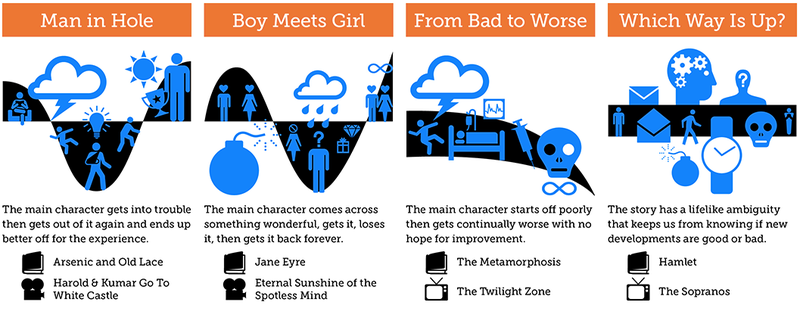I’ve written here earlier about how much I’ve been influenced by Scott Adams’s career advice about “being in top quartile of two or more things“. To recap, this is what Adams wrote nearly ten years back:
If you want an average successful life, it doesn’t take much planning. Just stay out of trouble, go to school, and apply for jobs you might like. But if you want something extraordinary, you have two paths:
1. Become the best at one specific thing.
2. Become very good (top 25%) at two or more things.The first strategy is difficult to the point of near impossibility. Few people will ever play in the NBA or make a platinum album. I don’t recommend anyone even try.
Having implemented this to various degrees of success over the last 5-6 years, I propose a small correction – basically to follow the second strategy that Adams has mentioned, you need to take correlation into account.
Basically there’s no joy in becoming very good (top 25%) at two or more correlated things. For example, if you think you’re in the top 25% in terms of “maths and physics” or “maths and computer science” there’s not so much joy because these are correlated skills. Lots of people who are very good at maths are also very good at physics or computer science. So there is nothing special in being very good at such a combination.
Why Adams succeeded was that he was very good at 2-3 things that are largely uncorrelated – drawing, telling jokes and understanding corporate politics are not very correlated to each other. So the combination of these three skills of his was rather unique to find, and their combination resulted in the wildly successful Dilbert.
So the key is this – in order to be wildly successful, you need to be very good (top 25%) at two or three things that are not positively correlated with each other (either orthogonal or negative correlation works). That ensures that if you can put them together, you can offer something that very few others can offer.
Then again, the problem there is that the market for this combination of skills will be highly illiquid – low supply means people who might demand such combinations would have adapted to make do with some easier to find substitute, so demand is lower, and so on. So in that sense, again, it’s a massive hit-or-miss!
